5 unexpected shades color experts say you should be using in dark rooms – no matter how limited light is
From light and airy to dark and moody, these are the best colors for dark rooms

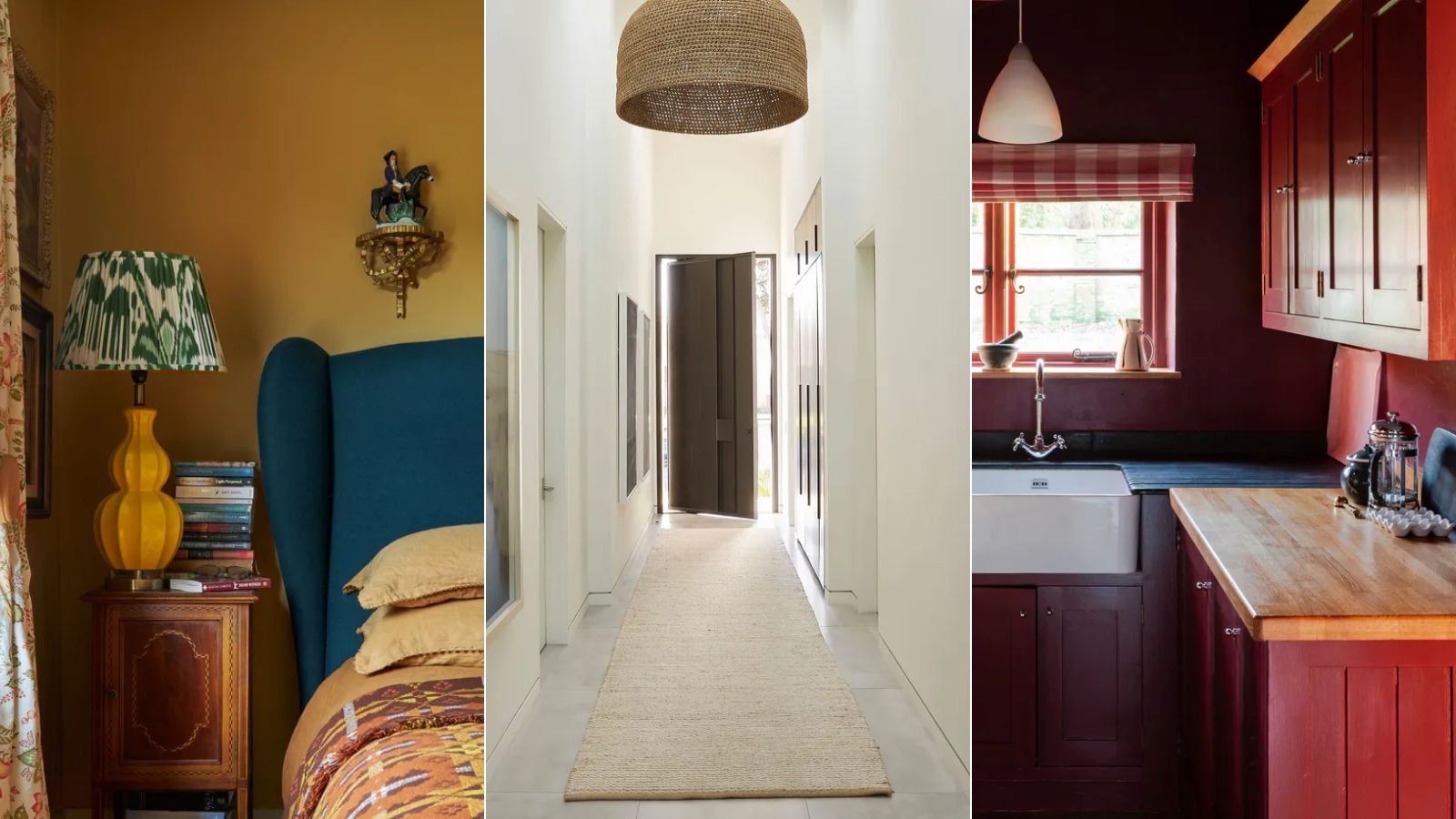
It's often difficult to know what the best paint color is for a dark room. With limited natural light, the color scheme in these spaces needs to work hard to ensure they don't end up feeling drab.
Whether north-facing or with limited windows to let in enough daylight, each dark room is unique. However, color experts say that certain colors work well in these spaces to ensure they boast design interest and feel inviting.
If you're in the process of decorating a room with limited natural light, keep reading to gain some color inspiration for these tricky spaces. From neutrals to bright hues, there are room color ideas for dark spaces to cater to all interior styles.
Should a dark room be painted light or dark?
There are generally two ways to go when deciding on the color scheme for a dark room. The first and more traditional idea is to counteract dark spaces with much lighter and brighter tones. From white to other light paint ideas, this can feel like the safer idea to balance the lack of light.
However, the opposite is arguably the more favored advice amongst color experts. Instead of trying to create the illusion of light (which is always going to be tricky), color experts recommend leaning into the low light and creating a cozy, dark, and cocooning space.
While granted, this works better in some rooms than others, if you haven't considered this for your dark room then you may find it more effective than decorating with neutrals.
But crucially, before deciding on which style you embrace, think first about what the room is used for. This should inform how adventurous – or safe – you play it when it comes to choosing the best color scheme.
Design expertise in your inbox – from inspiring decorating ideas and beautiful celebrity homes to practical gardening advice and shopping round-ups.
'Before decorating a dark space, consider how you use the space, as the approach to a transitional or infrequently used space such as a hallway or utility room will differ from the approach to a small kitchen or bedroom where you will spend more time,' explains Ruth Motthershead, Creative Director at Little Greene.
5 best colors for dark rooms
Whether you want to embrace the darkness of a naturally dark room or counteract it with brighter tones, we've rounded up five of the best colors for dark rooms below.
1. Off-black
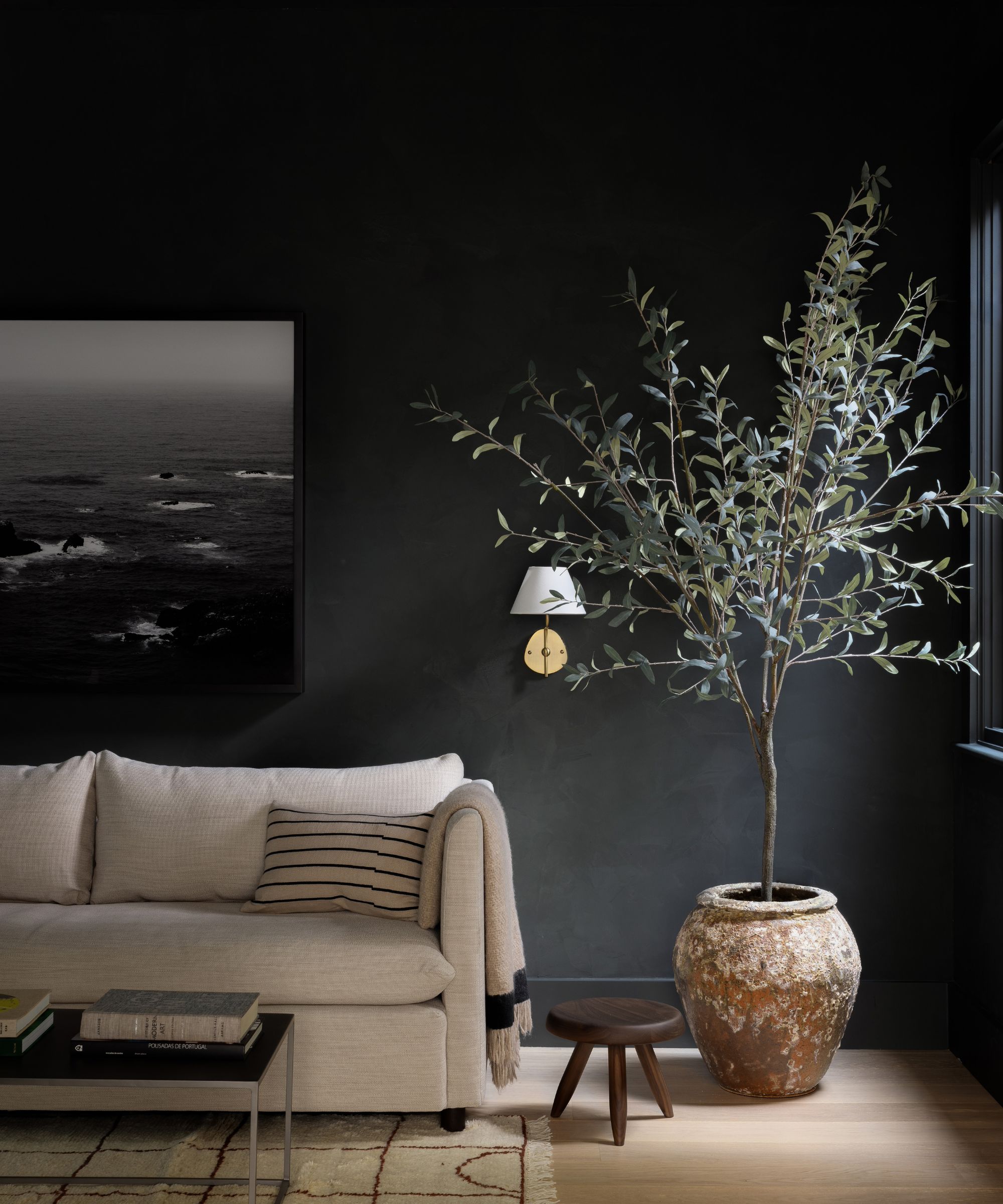
'Black may seem like a rather dramatic choice, however, it can be a surprisingly successful option in a naturally poorly lit or small room as darker walls tend to recede,' says Patrick O'Donnell, color expert at Farrow & Ball.
The key to successfully decorating with black in a low-light room is choosing the right shade, as Patrick explains: 'Consider more nuanced blacks such as the charcoal-toned Off-Black or the perennially popular Railings with its subtle blue note for a slightly softer look.'
'For a fully immersive color experience, paint your woodwork in the same color, especially if the room has quite low ceilings as this will help to accentuate the height of the room.'
2. Rich jewel tones
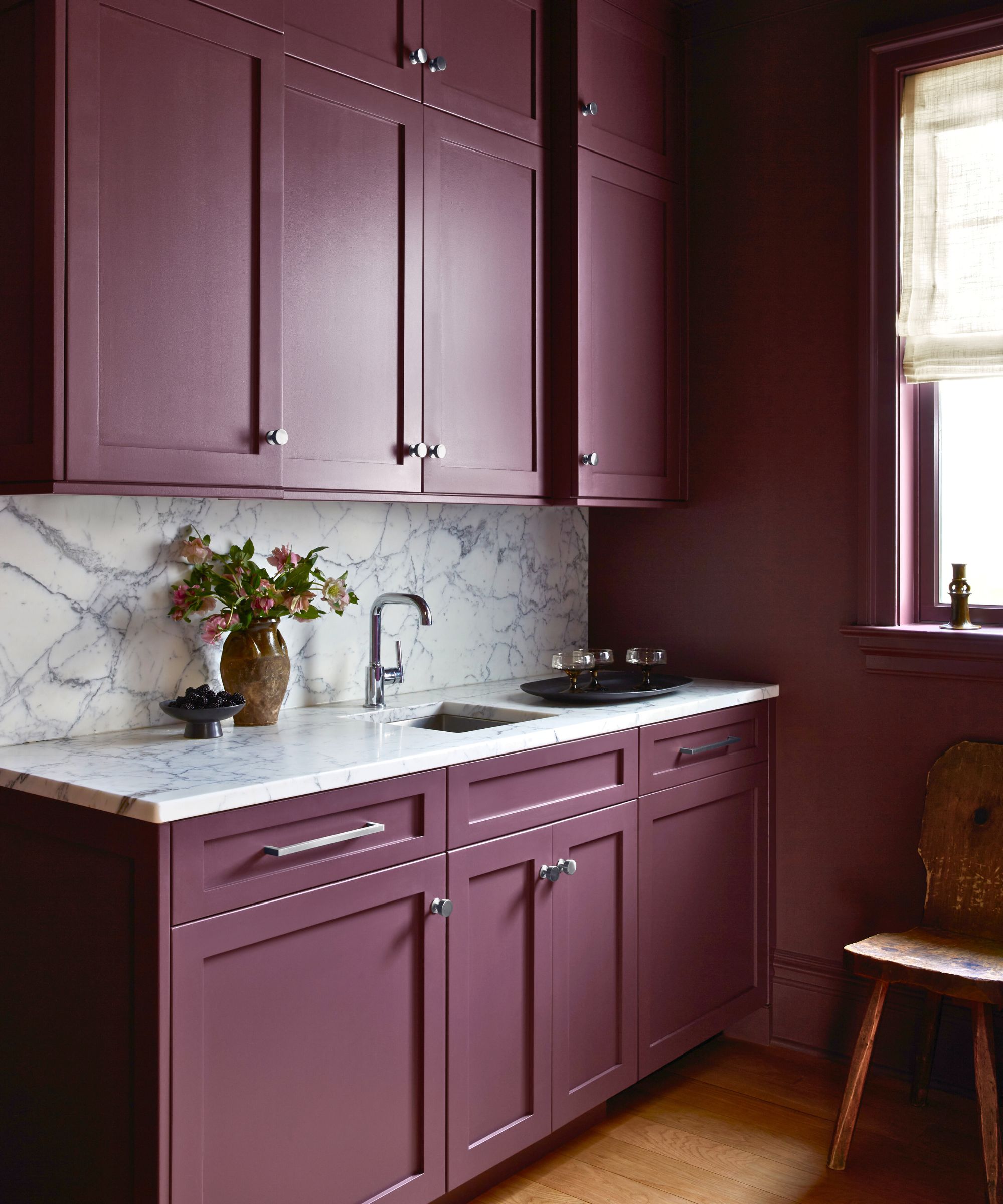
Continuing the theme of dark paints, deep and dark jewel colors can feel slightly less daunting than black while achieving a similar dramatic look.
'Embracing a darker tonal color scheme creates a glamorous and self-indulgent space,' says Tash Bradley, Director of Interior Design at Lick, who shares below paint suggestions for decorating with jewel tones in low-light spaces.
'Lick's Purple 03 is a dark velvet purple with blue and yellow undertones, oozing coziness and sophistication and creating warm spaces that offer a feeling of luxury and power.'
'On the other hand, Teal 03 is a dark velvety teal with a warm blend of blue and green undertones – it's mentally stimulating and invites a rich heritage feel to a room.'
3. Flattering white

If you're more inclined to decorate with lighter colors and prefer more of a neutral interior scheme, opt for a flattering shade of white paint in a dark room. Light and bright neutrals can create a feeling of openness, even in spaces with limited light.
'For rooms that get minimal natural light, we recommend opting for light neutrals to mimic an airy and spacious environment,' says Erika Woelfel, Vice President of Color at Behr. 'A go-to white to consider is Behr's Whipped Cream as it looks beautiful covering a whole wall or used for trim.'
To add interest to your white room, Erika suggests incorporating a secondary accent color, such as yellow or orange tones: 'Warm shades such as Amber Brew and Orange Flambe will help brighten the space. These bolder shades can be brought in as an accent to compliment the soft neutrals within the room.'
4. Bright and cheerful hues
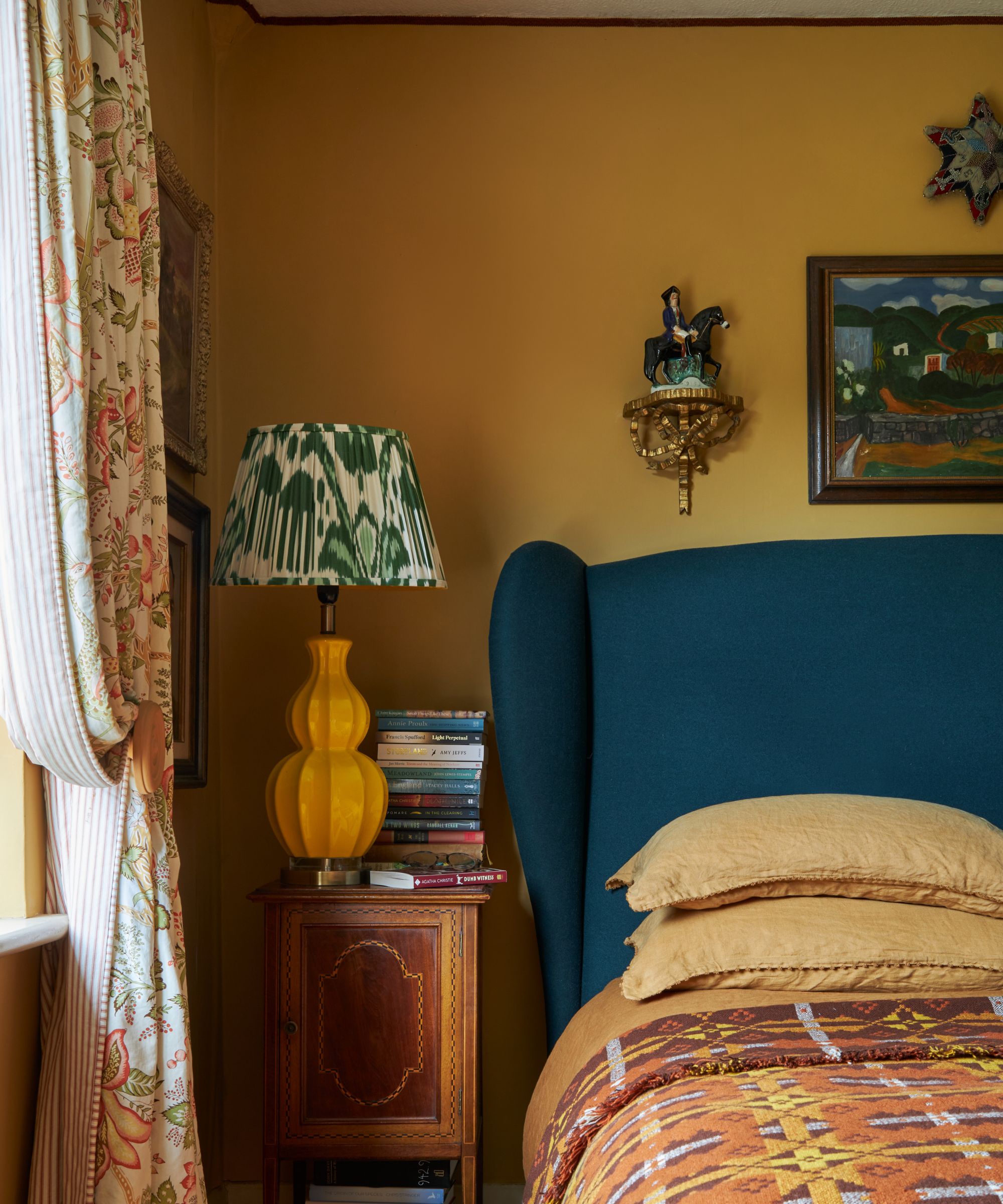
Rooms that receive limited natural light present an opportunity to make a statement with bright and cheerful colors. Vibrant tones can work hard in these spaces to counteract the lack of light, leaving them feeling full of character.
You can channel any of your favorite cheerful tones in these spaces, from sunshine yellow to vivid greens. Ruth Motthershead adds that color drenching works well for these upbeat tones, ensuring they create a statement look by fully wrapping the room.
'By drenching an interior in one single color and incorporating all elements within the space, you can create a truly engaging scheme even in a small space,' explains Ruth. 'It’s particularly effective when using mid-strength tones such as Garden, Etruria, and Giallo. These strong, vivid hues work beautifully to create an enveloping space that allows color to be the focal point.'
5. Red

Another color idea for a dark room is arguably the boldest yet: red. Decorating with red sounds brave, but rooms that are already dark can handle its vibrant and intense tones.
In this dark kitchen, red is used across the walls and kitchen cabinets for an unexpected and playful look that brings a sense of warmth to the space that you wouldn't get with dark neutrals.
If you decide to paint a dark room red, choosing the right shade is key. Tash Bradley shares below some of the variants of the best red paints that will each achieve a slightly different look.
'Red 01 is a balanced mid-red with gray undertones. It's full of passion with a warm energy that makes you feel daring and bold, whereas Red 02 is a dark poppy red with warm gray undertones. Red 02 has an abundance of character and energy making your spaces physically invigorating.'
For a more muted take on red, Lick's Red 03 is more of a terracotta that you may find more liveable: 'Equally grounding and physically stimulating, it makes a room feel lightly energizing.'
When using red as the main color in your dark room, Tash recommends pairing them with 'dark woods like walnut or mahogany, velvet textures, and gold fittings,' to complete the look.
From classic white to rich jewel tones; vibrant red to off-black, there are so many colors that will add character to rooms with limited light. Before deciding on one of the more daring color ideas, make sure to consider what's liveable and practical, especially in the main living spaces of your home.
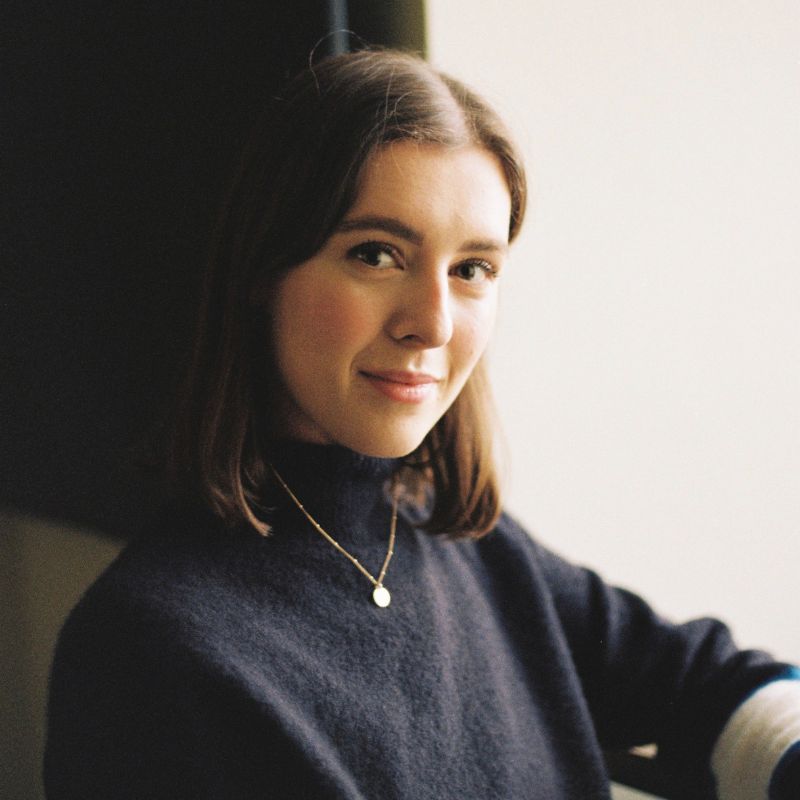
Emily is a freelance interior design writer based in Scotland. Prior to going freelance in the spring of 2025, Emily was Homes & Gardens’ Paint & Color Editor, covering all things color across interiors and home decor for the Homes & Gardens website. Having gained specific expertise in this area, Emily is well-versed in writing about the latest color trends and is passionate about helping homeowners understand the importance of color psychology in home design. Her own interior design style reflects the simplicity of mid-century design and she loves sourcing vintage furniture finds for her tenement flat.